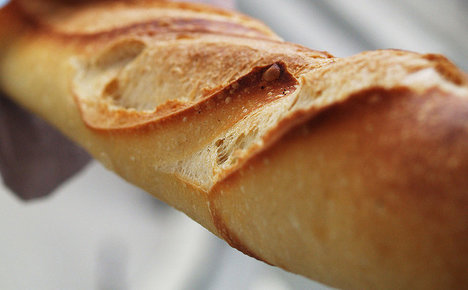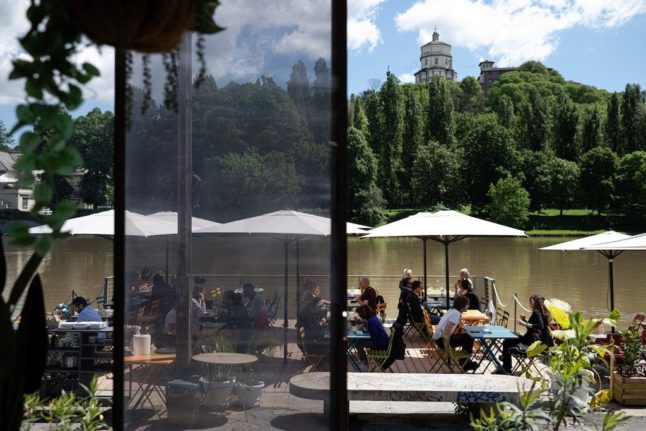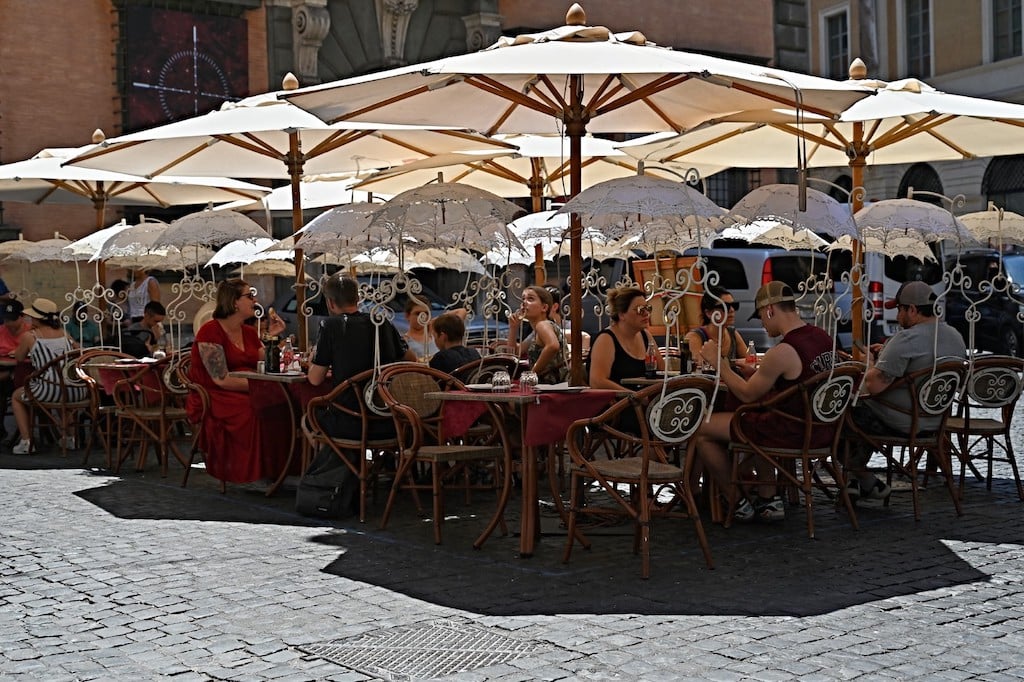The 120-meter-long loaf took a team of 60 master bakers seven hours to make and had to be cooked in a special self-propelled oven, which moved the dough along, baking it in 20 meter segments.
A 400-foot-long baguette smeared with Nutella breaks the Guinnes Record at Milan Expo http://t.co/ZHZvXQS904 pic.twitter.com/qfDLWrGIR0
— L'Italo-Americano (@Italo_Americano) October 18, 2015
Once cooked, the giant baguette was then smeared with Nutella in honour of Ferrero, which makes the famous chocolate spread and sponsored the world-record attempt.
The previous record of 111 meters had been set in 2006 at the Big C Supercenter in Ho Chi Minh City, Vietnam.
Paolo Fulci of Ferrero was delighted that an Italian and French team had achieved the feat after this summer's 'Nutellagate' controversy – when France's ecology minister Segolene Royal offended Italy by saying the chocolate spread was bad for the environment.
“Not everyone knows how popular Nutella is in France, it sells more there than it does in Italy,” Fulci told Ansa.
Fulci described the attempt as “another tunnel between our two countries: except this one is stuffed with Nutella.”
The 2015 food-themed Expo in Milan has seen a number of world records broken for giant food, including the world's longest pizza.




 Please whitelist us to continue reading.
Please whitelist us to continue reading.
Member comments